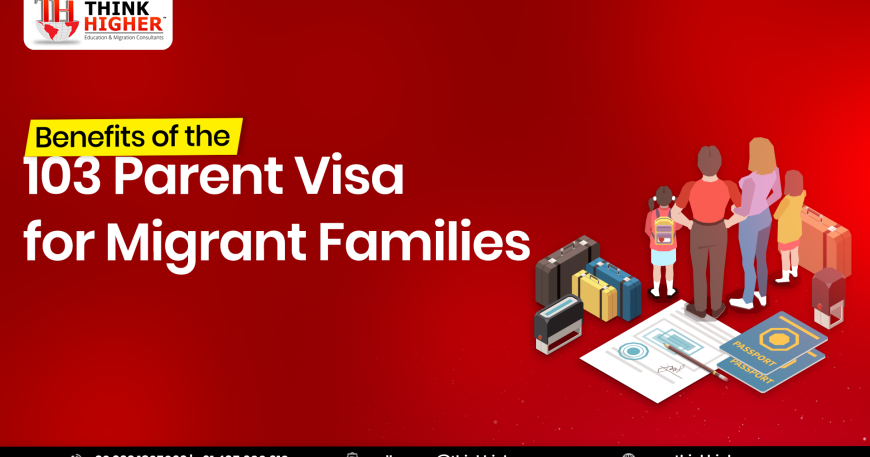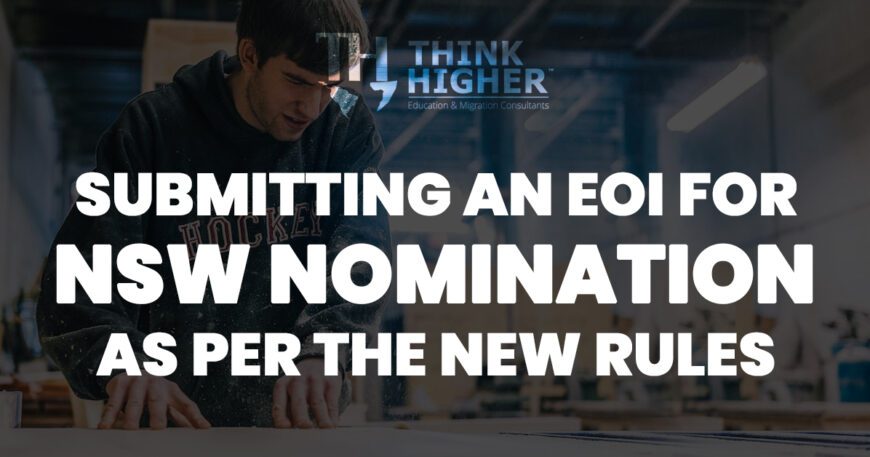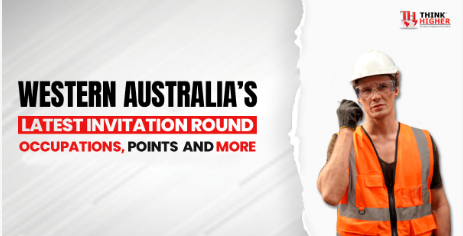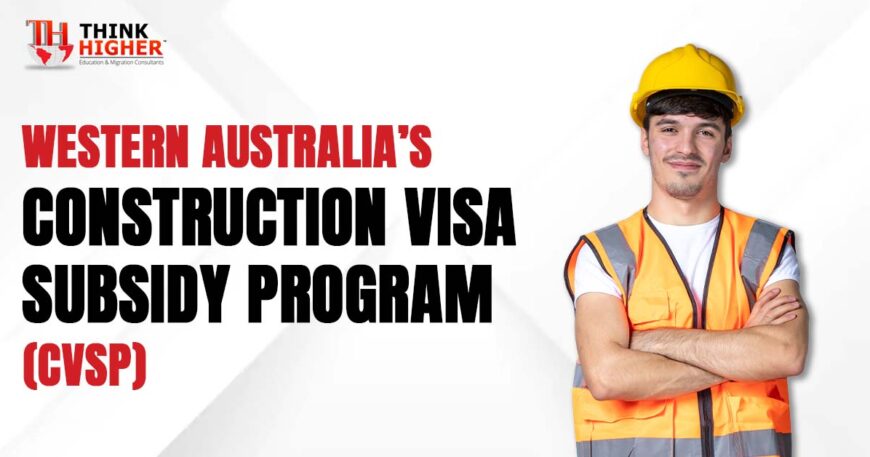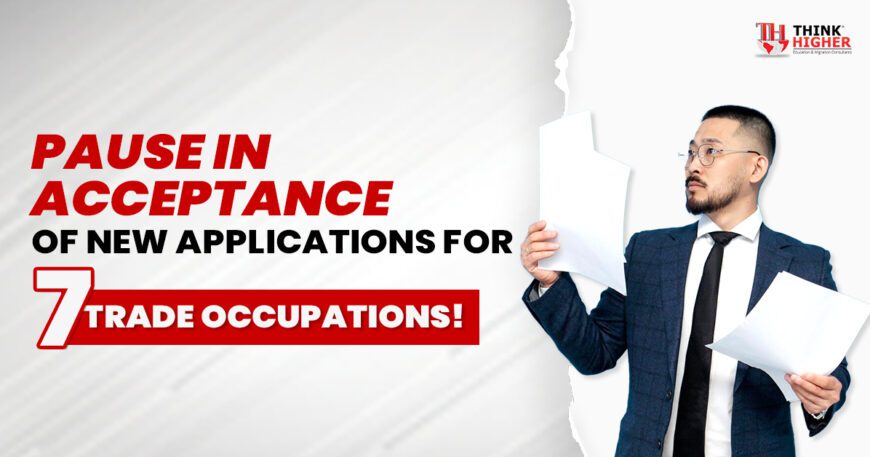Australia Subclass 190 Visa: Your Pathway to State-Nominated Permanent Residency
Have you been dreaming of settling in Australia but not sure where to start? If your skills match Australia’s needs, the Subclass 190 (Skilled Nominated) visa could be your golden ticket. This state-nominated visa lets skilled professionals live and work in Australia as permanent residents, with an Australian state or territory nominating your application. It’s a partnership: you bring the skills, the state backs your application. In this guide we’ll explain the 190 visa clearly and step-by-step so you know what to expect and how to apply. Understand the Subclass 190 Visa? The Subclass 190 visa, also known as the Skilled Nominated visa Australia, is a permanent residency (PR) pathway for skilled workers. It requires nomination by an Australian state or territory and is points-tested. Think of it as being “hand-picked” by a state because they need your skillset. It’s a great alternative to the Subclass 189 (independent) visa, especially for those who may not have high enough points to qualify independently. Benefits of the State Nominated Visa 190 Why select the state nominated visa 190? It presents you with permanent residency, because of this you could live and work in Australia indefinitely. You also get access to public healthcare, training, and social advantages. Plus, it could rapid-tune your journey to citizenship. Another large bonus? Nomination boosts your factors by 5, growing your chances of selection. Who is Eligible for Subclass 190? To be eligible, you need a relevant occupation on a state’s skilled occupation list, a skills assessment, and an invitation to apply. You must also meet the minimum score on the points test. Good English, relevant work experience, and being under 45 years of age are some typical criteria. Sounds complicated? It’s easier when you break it down, and that’s where professionals like Think Higher Consultants come in handy. Subclass 190 Requirements You Must Meet There are a few non-negotiables when it comes to Subclass 190 requirements. These include: A valid skills assessment Competent English proficiency Expression of Interest (EOI) via SkillSelect Nomination by a state or territory A minimum of 65 points (including nomination points) on the points test Medical and character checks Missing even any such can postpone your system or result in a refusal. So, it pays to double-test the whole lot. Which States Offer Nomination and Why? Every Australian state and territory can nominate skilled workers under the Australia PR Subclass 190. The nomination depends on labor market needs. For example, Western Australia may prioritize medical examiners, while Victoria may additionally be trying to find IT specialists. States replace their career lists often, so staying informed is fundamental. slot deposit pulsa https://urdufonts.com/blog/ royalhoki77 login royalhoki77 royalhoki77 slot deposit 5000 slot deposit 5000 https://www.usmiledental.net.au/areas-we-serve/ Occupation Lists and State Demand Each state maintains its own Skilled Occupation List.If your job is in call for, like engineering, nursing, or teaching, you’ve got a better shot. But it’s now not pretty much what you do; it’s additionally about how urgently the nation desires you. Think of it like job matchmaking. How to Apply for Subclass 190 Visa Step by Step Wondering a way to follow for Subclass 190 visas little by little? Here’s a simplified roadmap: Check Eligibility Get a Skills Assessment Submit Expression of Interest (EOI) Apply for State Nomination Receive Invitation to Apply (ITA) Lodge Visa Application Submit Health and Character Documents Await Decision Each step involves documentation and deadlines, which is why many applicants turn to experts like Think Higher Consultants to avoid missteps. Role of State Sponsorship in Your Application State sponsorship is crucial, it’s what differentiates the 190 visa from the 189. Once a state nominates you, you gain 5 extra points, which can make all the difference. You also commit to living and working in that state for at least two years, helping meet their workforce needs. Subclass 190 Visa Processing Time 2025 Curious approximately the Subclass 190 visa processing time 2025? While timelines can range, the average processing time is around 7 to 12 months. Factors like document completeness, historical past exams, and case complexity all play a position. Speed matters up through making use of early and ensuring mistakes-unfastened documentation. Common Mistakes to Avoid When Applying Many applicants hit upon small details. Some not unusual pitfalls encompass submitting a previous talent evaluation, misunderstanding state nomination criteria, or failing to say points accurately. One error can set you back months. That’s why professional steering from Think Higher Consultants could make the adventure smoother. Can You Include Family Members? Yes, you can include your spouse and dependent children in your application. They’ll also gain PR status if your visa is approved. This makes the Subclass 190 visa a family-friendly pathway to a better life in Australia. Think Higher Consultants: Expert Support Navigating visas can be like crossing a maze blindfolded. That’s wherein Think Higher Consultants step in. With years of enjoyment in assisting applicants prevail, they simplify each step, proper from documentation to final submission. Their expert recommendation allows lessening delays and boosts approval probabilities. Life After Getting the Australia PR Subclass 190 Once you’ve got your Australia PR subclass 190, a world of opportunities opens up. You can work freely, have a look at, get admission to healthcare, or even start the countdown to citizenship. Many who go through this pathway say it changed into existence-converting, professionally and for my part. Final Thoughts The Subclass 190 visa gives an effective, kingdom-sponsored direction to permanent residency in Australia. With clear steps, valuable blessings, and the proper steerage, it is able to flip your dream into a fact. So if you’re ready to take that leap, why no longer do it neatly, with professional help from Think Higher Consultants by way of your side? FAQs What is the main benefit of the Subclass 190 visa? The essential gain is permanent residency in Australia, with added factors from state nomination. Can I change states after getting the Subclass 190 visa? While no longer unlawful, converting states right away can also affect future visa



